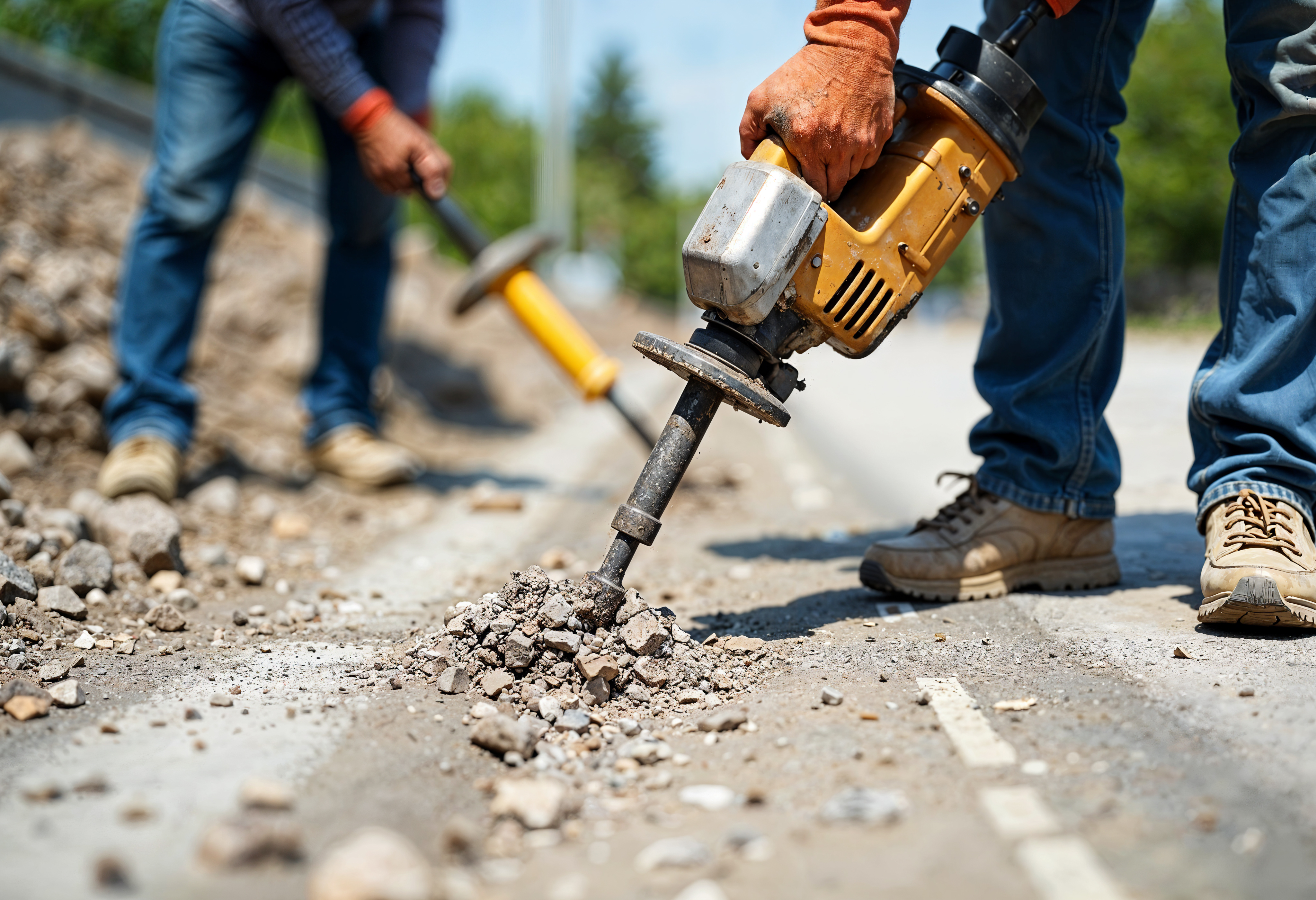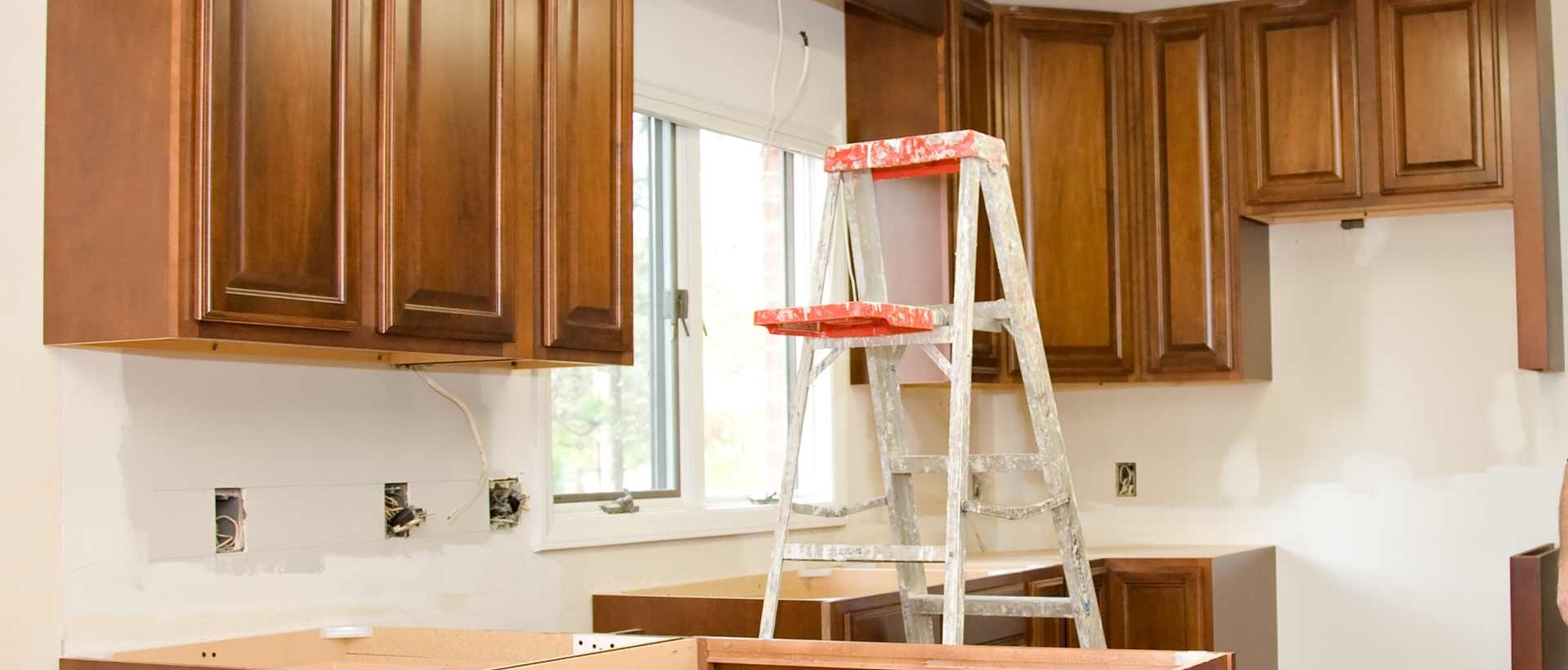Key Structural Risks Associated With Older Properties and How to Fix Them

Strong 8k brings an ultra-HD IPTV experience to your living room and your pocket.
Older properties are usually considered stronger than newly built modern structures. Additionally, they have a charm and historical tale to attract peace. However, these homes can also come with a set of hidden problems that may not be noticed at first glance. These problems not only affect the safety and stability of the house but can also lead to expensive repairs if ignored.
Whether you are already living in an older property or thinking of buying one, it's important to understand the common risks involved. Being aware of these issues allows you to act early and carry out the right fixes. In this article, we’ll explore some of the most common structural risks found in older homes and explain how you can deal with them properly and safely.
Cracks in Walls and Ceilings
One of the most visible signs of structural problems in older homes is cracking. These cracks can appear in walls, ceilings, or even along window frames. Though some small cracks are just signs of ageing, others may point to more serious issues like subsidence or foundation movement. In such cases, make sure to consult with a structural engineer.
From structural repairs to repointing brickwork or underpinning, professionals can recommend various solutions to strengthen the foundation.
Uneven Floors
Uneven floors that feel bouncy underfoot are also a common issue found in older homes. In many buildings, floorboards rest on wooden joists that can weaken over time; especially in damp conditions, timber can rot. It can lead to foundation issues that require expensive repairs. Hiring a professional construction engineer can help you assess whether the soil has moved or if there is any other issue. They can also install piles to provide extra support and avoid further damage, making your home safer to live in.
Damp and Moisture Ingress
Dampness is a common issue in older homes, especially those built without modern damp-proof courses. Mould on walls, peeling wallpaper, and musty smells are the most common signs of this issue. Long-term moisture problems can lead to timber decay and even affect the structural integrity of the building. So, make sure to take quick, effective measures such as improving ventilation, repairing external cracks or gutters, and sometimes adding a new damp-proof course.
Roof Movement and Sagging
Roofs on older homes can become uneven or begin to sag due to worn-out materials or decayed roof timbers. In some properties, the roof tiles or slates might still look fine, but the supporting structure underneath has weakened over time. It can lead to leaks, reduced insulation, and increased pressure on the walls.
Fixing roof movement requires a full inspection to see whether the issue is local or widespread. From replacing timber to fixing roof trusses or adding new supports, the solution can vary depending on the root cause of the issue. In severe cases, a full roof replacement may be needed to restore strength and keep the home safe.
Chimney Stack Instability
Chimneys are often overlooked during routine checks, but they are one of the highest and most exposed parts of older homes. Over time, weathering, loose mortar, or movement in the building can make a chimney lean or become unstable, which can pose a risk to the roof structure and even cause it to fall during strong winds.
Re-pointing the brickwork, adding structural support, or rebuilding are the effective solutions to tackle this issue.
Failing Foundations
The foundation is the base of every building, and in older homes, it may not be as deep or stable as those found in modern builds. Ground movement, tree roots, and changes in soil moisture levels can all affect older foundations. It can lead to cracks, sloping floors, or misaligned doors and windows if left untreated.
Underpinning is one of the main ways to fix this issue. It involves strengthening the existing foundation to make the structure more stable. Relying on a specialist piling company can help you design and install additional support using concrete or steel piles, depending on the ground conditions and property type.
Timber Decay and Woodworm
Many older properties were built using timber as a key part of their structure. Floor joists, beams, and roof supports are often made from wood, which can decay due to age, moisture, or pest damage. Woodworm and rot can weaken the structure, causing floors to sag and ceilings to crack.
The first step to fix this issue is to identify the extent of the damage. In the early stages, you can treat the timber and preserve it. However, in more advanced cases, you may need to replace the affected wood.
Key Takeaway
Older homes are renowned for their traditional infrastructure, charm, and beauty, but they also come with structural risks that need to be managed properly. By identifying these issues and taking effective measures, you can avoid more serious damage and enhance the structural integrity, looks, and value of your property.
Note: IndiBlogHub features both user-submitted and editorial content. We do not verify third-party contributions. Read our Disclaimer and Privacy Policyfor details.





